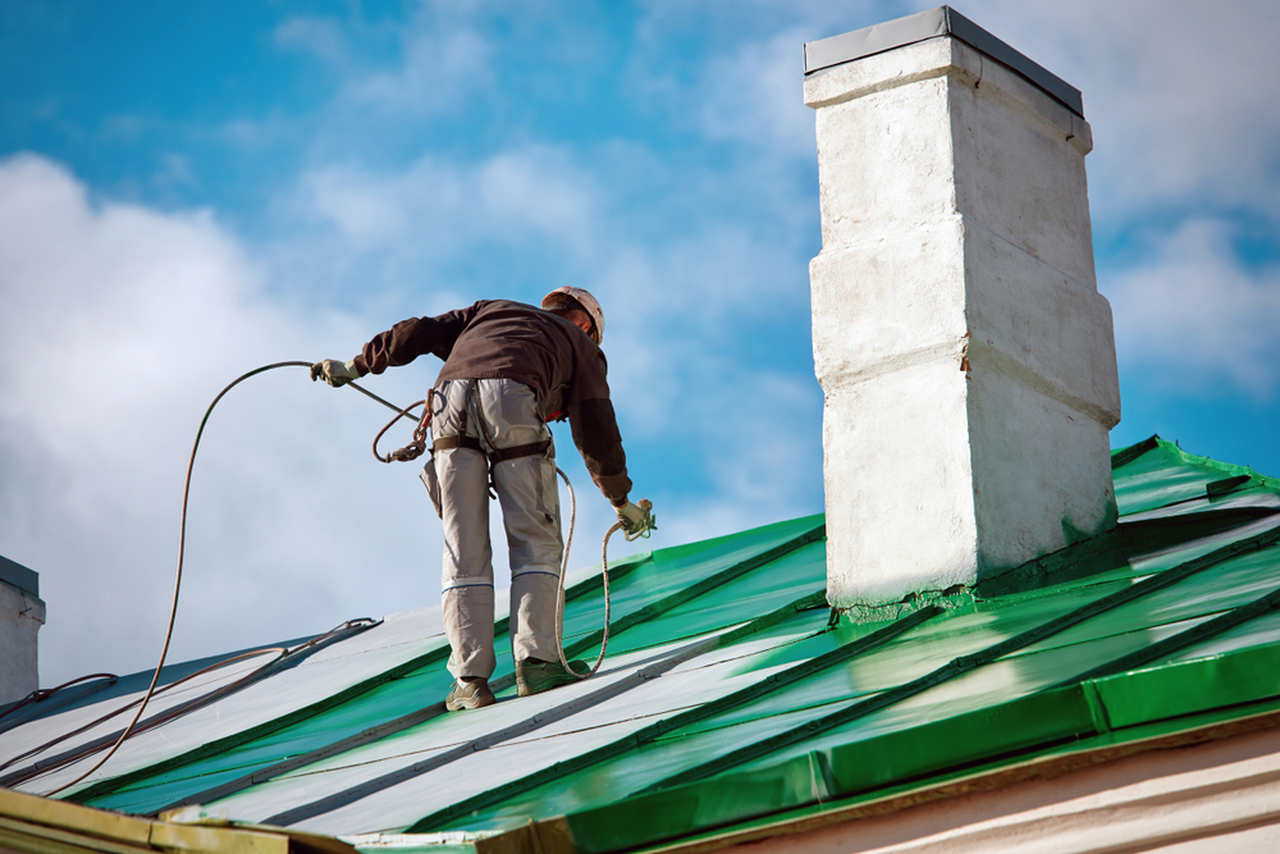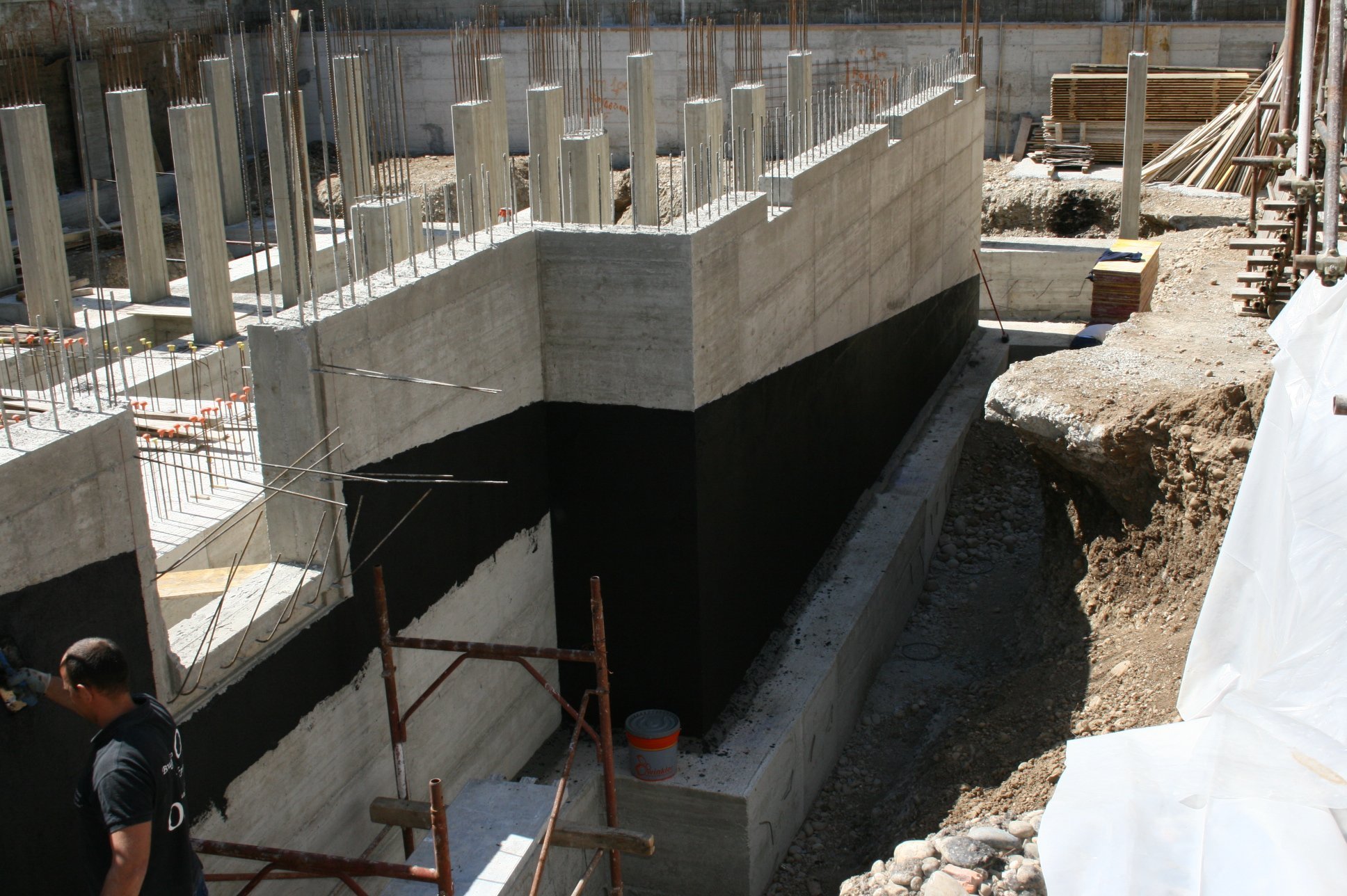Sorts of Waterproofing: Checking Out the Different Techniques and Their Applications
Waterproofing is an important aspect of construction and maintenance. It shields frameworks from the destructive impacts of water damage. There are several techniques offered, each with its one-of-a-kind applications and advantages. From membrane layer systems to cementitious remedies, understanding these options is important for efficient application. The option of waterproofing technique can greatly affect resilience and long life. Checking out these numerous strategies discloses their distinct benefits and possible difficulties, motivating further factor to consider of optimal solutions.
Membrane Waterproofing Equipments
Membrane waterproofing systems work as an important obstacle versus water breach in various frameworks. These systems typically are composed of slim sheets made from materials like rubber, thermoplastic, or asphalt, which are put on surfaces to protect against moisture penetration. They can be mounted above or below quality and are particularly effective in locations vulnerable to high water exposure, such as basements, roofings, and foundations.The installment procedure involves cleaning up the substratum, using adhesives or primers, and precisely fitting the membrane layer to assure full coverage. Membrane systems can be either fully adhered, mechanically connected, or laid loose, relying on the details requirements of the project. They provide toughness and adaptability, suiting architectural movements without compromising their waterproofing capabilities. Additionally, these systems can be strengthened with extra layers for improved protection. Eventually, membrane waterproofing systems are vital for securing structures versus water damage and maintaining long-term honesty.
Liquid-Applied Waterproofing Coatings
Liquid-applied waterproofing coatings provide a versatile remedy for shielding surface areas from water infiltration - Drainage & waterproofing company Omaha. These layers include liquid materials that, when used, create a seamless, flexible membrane. Their versatility permits application on numerous substratums, including concrete, steel, and wood. The finishings can be used in diverse environments, from domestic to industrial settings, making them suitable for roofs, structures, and below-grade structures.One considerable advantage of liquid-applied finishings is their capability to comply with irregular shapes and pass through fractures, creating a durable barrier versus moisture. They often display excellent attachment buildings and resistance to UV radiation, making sure longevity and toughness. Additionally, the application procedure is generally uncomplicated, enabling fast installation and minimized labor prices. This technique additionally minimizes the danger of water merging, as the continuous layer successfully directs water away from prone locations. In general, liquid-applied waterproofing layers are an efficient selection for comprehensive water security
Cementitious Waterproofing Solutions

Cementitious waterproofing remedies use a durable option for structures requiring trusted wetness protection. These systems primarily make use of a blend of concrete, sand, and have a peek at these guys chemical ingredients to create a water-proof barrier. They are frequently used to surfaces such as concrete wall surfaces, foundations, and floorings, providing a long lasting, long-lasting protection versus water intrusion.One of the essential benefits of cementitious waterproofing is its convenience of application; it can be applied making use of a brush, roller, or spray, making it ideal for different project dimensions. Additionally, this approach is compatible with several surfaces and can often be utilized along with other waterproofing techniques.Cementitious remedies are especially reliable in atmospheres where water direct exposure is an issue, such as cellars or below-grade frameworks. Their outstanding attachment residential properties guarantee that they bond well with substrates, giving a strong and impenetrable layer versus wetness infiltration.
Bentonite Waterproofing
Bentonite waterproofing is a highly efficient technique that makes use of sodium bentonite clay to produce an all-natural obstacle against water. This method manipulates the unique homes of bentonite, which increases upon call with water, sealing any type of click here for more info prospective leakages and preventing moisture infiltration. It is frequently made use of in various applications, including foundation walls, tunnels, and maintaining wall surfaces, where water resistance is essential.Bentonite can be applied in numerous forms, such as panels or blankets, offering flexibility in setup. Its capability to self-seal makes it an eye-catching alternative for locations based on changing dirt or fluctuating water levels. Additionally, bentonite waterproofing is eco-friendly, as it is a natural material that index does not introduce hazardous chemicals right into the environments.
Water Drainage and Outside Waterproofing Equipments
Efficient waterproofing usually entails a mix of methods, consisting of drain and outside systems. Drainage systems, such as French drains and sump pumps, are designed to redirect water away from frameworks, lowering hydrostatic stress against foundations. These systems are essential in preventing water buildup that can bring about structural damage and mold growth.External waterproofing, on the other hand, entails applying protective barriers to the structure's outside. Strategies such as the installment of water-proof membrane layers, layers, or sealers can assist avoid water seepage. This technique not only protects the structure however also boosts the general resilience of the structure.Together, drainage and outside waterproofing systems form an extensive service to take care of water efficiently. By implementing these strategies, building proprietors can secure their investments versus the damaging impacts of moisture, making sure long-term security and safety for their buildings.
Regularly Asked Concerns
Just how Do I Pick the Right Waterproofing Approach for My Project?
Choosing the best waterproofing technique depends upon aspects such as task kind, ecological problems, spending plan, and wanted long life. Evaluating these aspects permits informed decisions tailored to specific needs and requirements.

Can Waterproofing Be Applied in Winter Issues?
Waterproofing can be applied in winter problems, but it needs details materials and strategies. Cold temperatures might affect treating times and adhesion, requiring mindful selection of items made for low-temperature application.
What Are the Typical Indicators of Waterproofing Failure?
Typical indicators of waterproofing failure consist of visible water spots, peeling off paint, damp smells, mold and mildew growth, and fractures in wall surfaces or structures. Water Solutions Omaha. These signs recommend that dampness is permeating the barrier, endangering its performance
How Much Time Does Waterproofing Last Before Requiring Maintenance?
The longevity of waterproofing differs, usually lasting between 5 to ten years. Elements such as material top quality, environmental conditions, and maintenance practices affect its sturdiness, requiring periodic evaluations to ensure efficient protection versus water invasion.
Are There Eco-Friendly Waterproofing Options Available?
The concern of environmentally friendly waterproofing options reveals an expanding rate of interest in sustainable materials (Water Solutions). Various all-natural compounds, such as plant-based sealants and recycled products, offer reliable remedies while lessening environmental impact, appealing to eco aware consumers